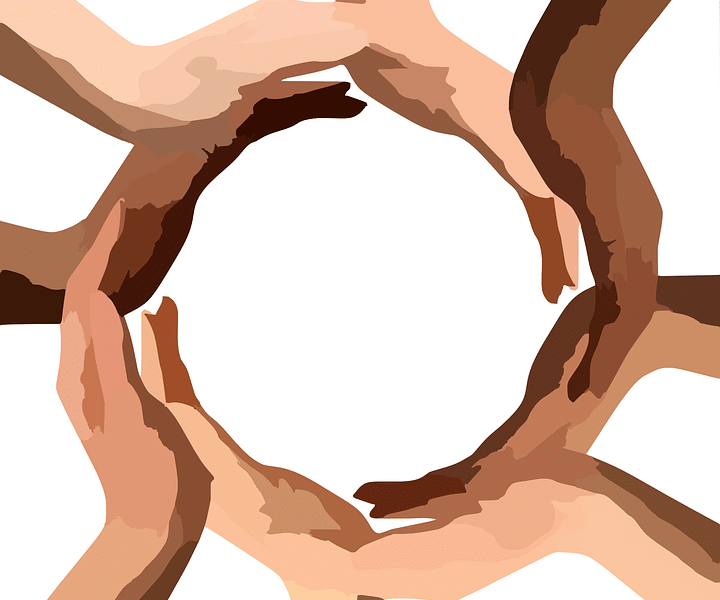(WOMENSENEWS)–The World Columbian Exposition in Chicago was an ambitious display of American achievement, drawing international attention. Known as “The White City” for the Italianate facades of the imposing main buildings, it demonstrated the increasing power of women in the 1890s with its elaborate Woman’s Building, designed by Sophia Hayden, administered by a Board of Lady Managers and featuring a mural by Mary Cassat. The fair, and the Woman’s Building, just left a few things out and denigrated some others.
Among the critics of this national extravaganza were Ida B. Wells and Frederick Douglass. Wells had been born a slave in 1864 and later became a schoolteacher and journalist in Memphis. When she was 14 and on her way to her teaching post, she was forcibly removed from her seat for refusing to move to a “colored car” on the Chesapeake and Ohio Railroad. She established her own newspaper in Memphis and became a crusader, in print and speech, against the sexual mythology–“pure” white women, predatory black men–that sustained the practice of lynching. Her newspaper was sacked and Wells moved to New York and continued her anti-lynching writings and speeches.
Black leaders debated whether to protest or boycott the Chicago fair, and protest won. Wells was chief architect of a searing 81-page pamphlet called “The Reason Why the Colored American Is Not in the World’s Columbian Exposition.” Daily, she sat at the Haitian Building, distributing it. She opposed plans for “Colored Jubilee Day,” complete with the distribution of free watermelon, set aside for late August.
The fair came down, the hoopla died away and Wells joined the tide of black southerners moving to Chicago. Ferdinand Barnett, a lawyer and newspaperman who had worked on the pamphlet with her, won her heart. She became a friend of Susan B. Anthony and an ally of W.E.B. Du Bois, as well as the founder of the first black women’s group to fight for the vote, and a life-long danger to the keepers of the keys to “the white city.”
Louise Bernikow is the author of seven books and numerous magazine articles. She travels to campuses and community groups with a lecture and slide show about activism called “The Shoulders We Stand on: Women as Agents of Change.”

